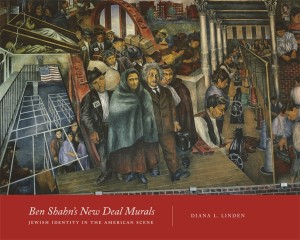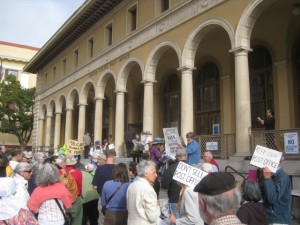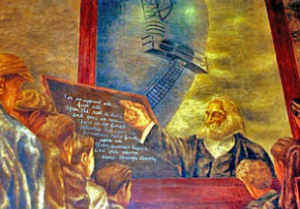 Taschen, an international publishing company begun in Cologne in 1980, has achieved international renown for its standout coffee table books. Taschen’s art books span from western masterpieces to pop culture, including illustrated monographs on artists, musicians, and writers, classical and contemporary.
Taschen, an international publishing company begun in Cologne in 1980, has achieved international renown for its standout coffee table books. Taschen’s art books span from western masterpieces to pop culture, including illustrated monographs on artists, musicians, and writers, classical and contemporary.
Under its Bibliotheca Universalis imprint, Taschen recently reprised 100 of what it calls its “favorites” in a compact, 6 x 8 inch format. Thankfully, the series includes New Deal Photography, USA 1935-1943, a compendium of more than 400 photographs commissioned by the Farm Security Administration (FSA) during the Great Depression.
In producing what it calls its “democratically priced” edition, Taschen has not sacrificed the legendary quality for which it is famous.
Author Peter Walther has curated an extensive catalogue of indelible images—a “best of” by the best-known photographers of the era. Many of them got their start with the FSA, one of many New Deal programs to put people to work. In the wake of the short-lived Resettlement Administration, the FSA’s mandate was to combat rural poverty. One powerful weapon was to document it. Roy Stryker, who headed the project, described as its purpose “to introduce America to Americans.”
Photographers like Dorothea Lange, Marion Post Wolcott, Walker Evans, Russell Lee, Ben Shahn, Gordon Parks, Arthur Rothstein, and others fanned out across the country capturing images of the ruined landscape and those whose lives were upended by the nation’s environmental and economic collapse.
Over the course of eight years the FSA project resulted in the most comprehensive collection of social-documentary photographs of the 20th century.
Walther’s commentary, presented in English, French, and German, succinctly describes the historical context that fostered this uniquely American collection. The book includes rarely seen color photographs as well as many familiar black-and-white images of the displaced and desperate, such as Lange’s “Migrant Mother,” and Rothstein’s “Fleeing a Dust Storm.” Also included are brief bios and portraits of the photographers themselves whose iconic images have come to be recognized worldwide.



